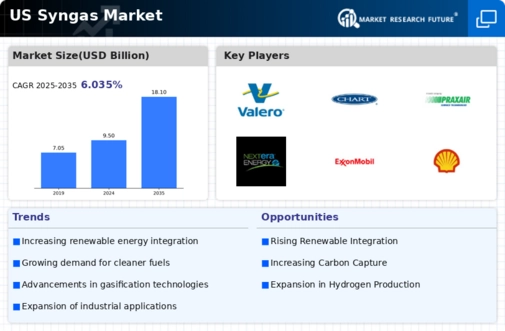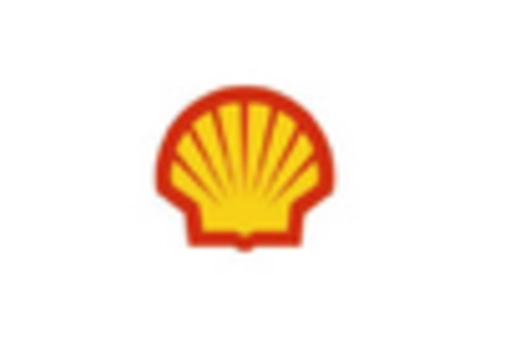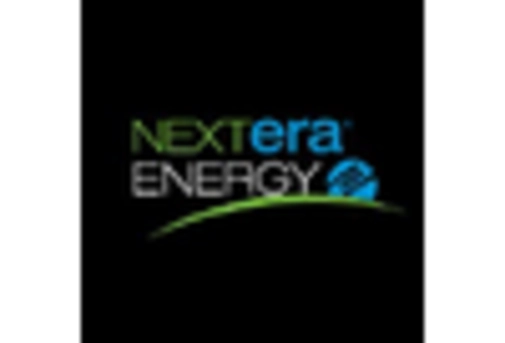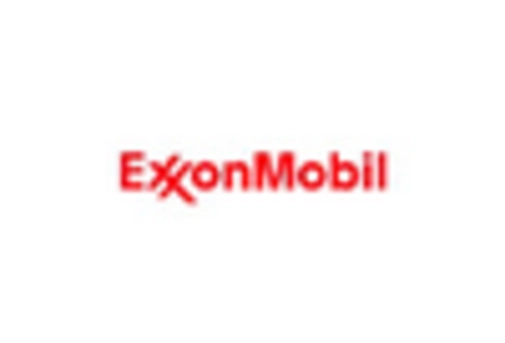The competitive landscape of the US Syngas Market is characterized by a dynamic interplay of various players striving for innovation and market share. The market is witnessing heightened competition due to the increasing demand for sustainable and efficient energy solutions. As stakeholders look to tap into the potential of syngas as a versatile feedstock for chemicals and fuels, companies are leveraging advanced technologies and strategic partnerships to enhance their operational capabilities and product offerings.
With growing investments in research and development, the market is also seeing a trend toward optimizing production processes, as well as a focus on environmentally friendly practices to align with regulatory trends and consumer preferences. In the context of the US Syngas Market, Dow has established a strong presence through its commitment to innovation and sustainability. The company's extensive expertise in chemical manufacturing and advanced materials has allowed Dow to develop high-performance syngas production technologies that cater to various industrial applications.
Dow's operational strength lies in its ability to leverage its global supply chain and established distribution networks, which enhance its market responsiveness. Additionally, the company's emphasis on collaboration and partnerships bolsters its research initiatives, giving it a competitive edge in developing cutting-edge solutions that meet the evolving needs of the market. On the other hand, SABIC Innovative Plastics also plays a significant role in the US Syngas Market, showcasing its strength in the development of materials derived from syngas. The company focuses on producing high-quality polymers and materials, which are essential for various industrial applications, including automotive, electronics, and packaging.
SABIC Innovative Plastics invests heavily in innovation, continuously advancing its product portfolio to include sustainable and high-performance materials. Its strategic acquisitions within the region further enhance its market position, allowing the company to integrate new technologies and expand its capabilities. SABIC's strong emphasis on research and development, coupled with its commitment to sustainability and environmental responsibility, positions it as a formidable player in the US Syngas Market, driving growth and securing its competitive advantage.




















Leave a Comment